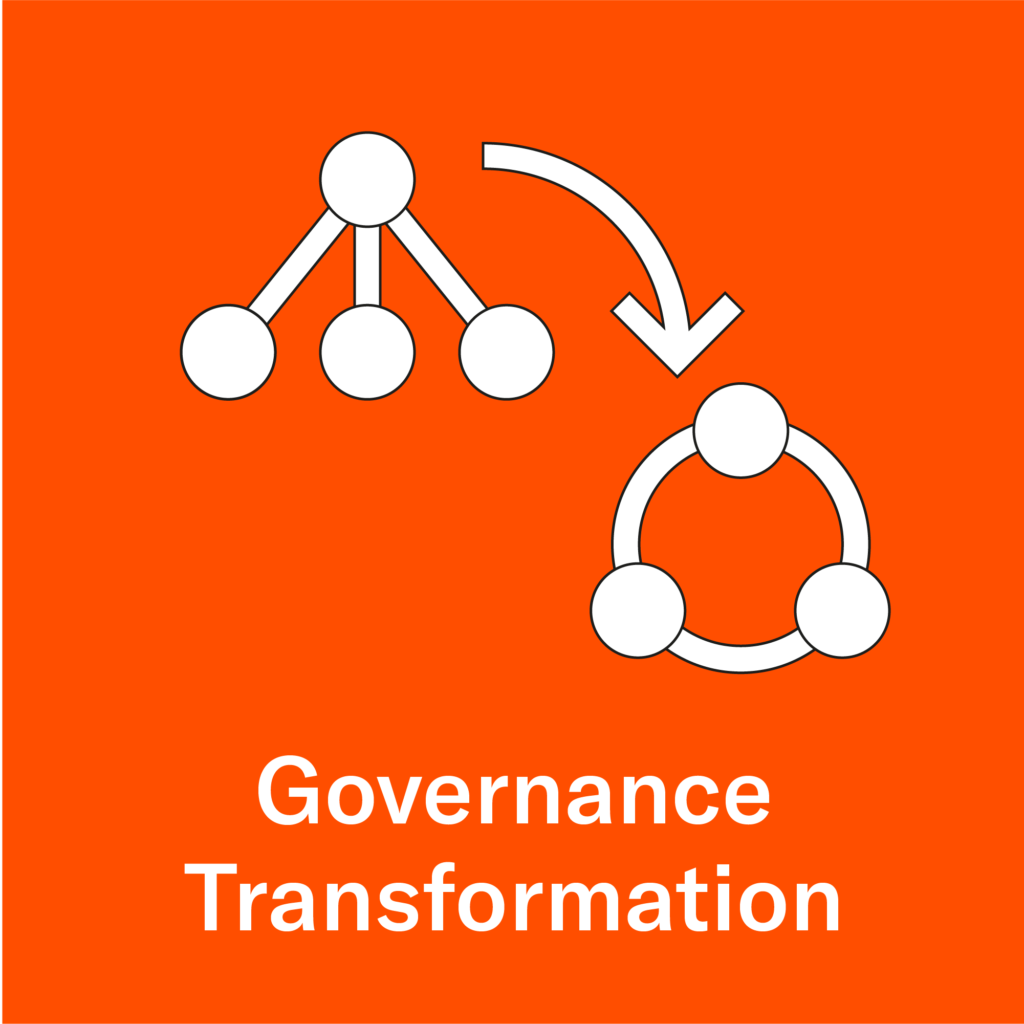Static, highly specialised organisations are a legacy of the industrial revolution, however, this structure is no longer the ideal way to operate in light of new tools for communication, the need for agility, innovation and efficiency. Networked companies link to networks of public and private stakeholders to expand their impact. They emphasise the empowering of networks of internal teams with distributed authority to undertake actions needed to achieve higher level organisational goals. [1]
Similar to the private sector, centralised, bureaucratic government authorities struggle to meet the needs and expectations of citizens and stakeholders into the 21st century. Governments need to transform to distributed, connected formats involving diverse actors and the latest technologies to enable innovation in the common good, optimise public resources and achieve the highest standards of service delivery. Governance that is networked and distributed practices open communication, coordination and enhanced connections within government authorities as well as outside organisations and stakeholders.
For city governments, Goldsmith & Kleiman (2017) advocate open, collaborative and distributed governance to facilitate new opportunities and collaboration both internally and externally. This moves government from a focus on compliance to a position that can proactively initiate positive change and impact. Central to the transformation of the public sector from a top-down enterprise to a networked, open organisation is the empowerment of public employees as problem solvers, armed with data, deserving of discretion, and with the capacity to make decisions. As part of this the delivery of public services could be managed through networks of public and private service providers and the role of the government shifts from the role of sole service provider to one focused on setting roles and rules for conduct, quality, equity and privacy. [2]
Best practice: [1] Gray, D. & Vander Wal, T. (2014) The Connected Company. O'Reilly. [2] Goldsmith, S. & Kleiman, N. (2017) A new city O/S. The Power of Open, Collaborative and Distributed Governance. Brookings.
